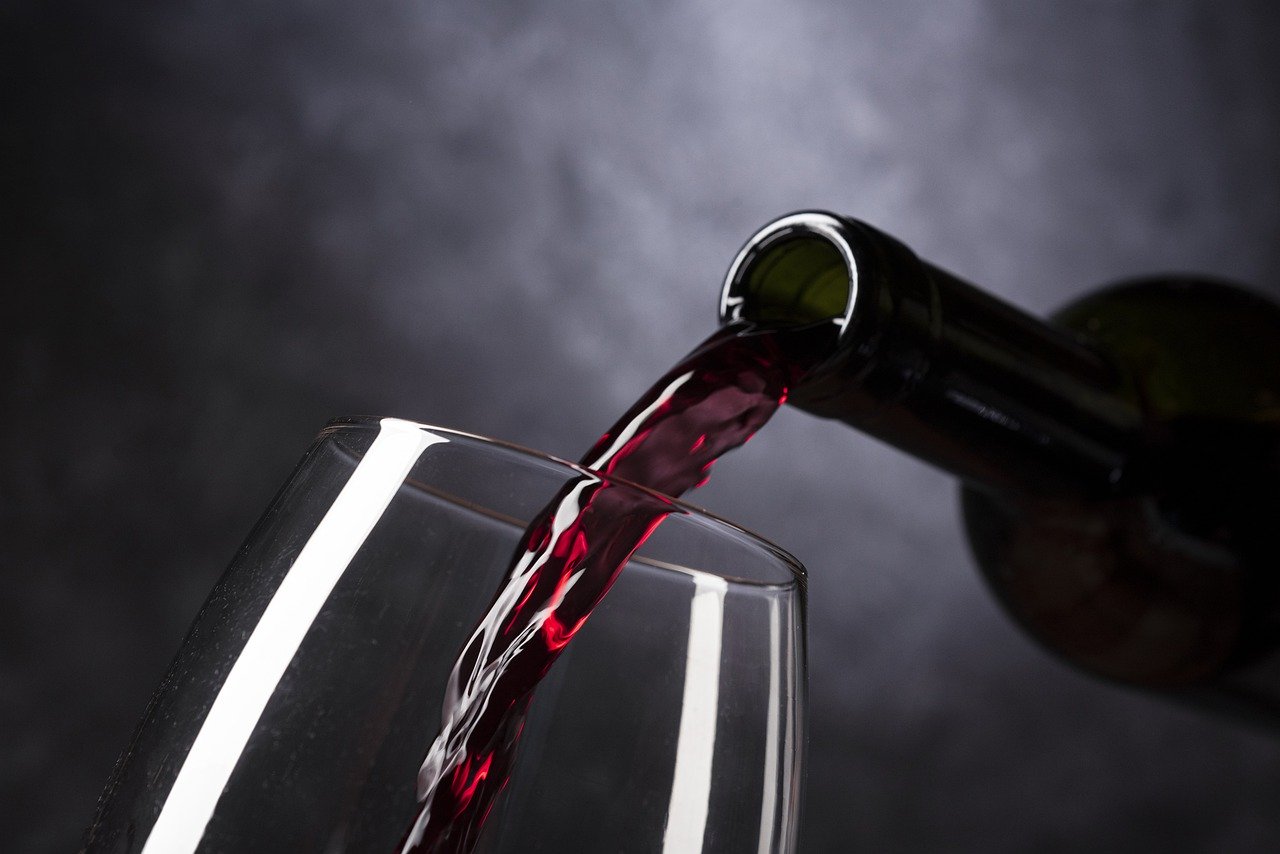The world of wine can be overwhelming—and rightly so. There are countless grape varieties to explore: whites like Chardonnay, Pinot Gris (a.k.a. Pinot Grigio), Pinot Blanc, Riesling, Gewürztraminer, Sauvignon Blanc, Chenin Blanc, and Viognier, just to name a few. On the red side, many wine lovers are familiar with Cabernet Sauvignon, Cabernet Franc, Merlot, Pinot Noir, Zinfandel, Syrah (Shiraz), and Malbec. To complicate things further, wine grapes are cultivated in over 100 countries across the globe.
So where do you start?
Most people find a wine they enjoy and stick with it. And while there’s nothing wrong with that, it can also mean missing out on a world of new flavors and styles. That’s why I always encourage people to take advantage of tastings—whether at your local wine shop or winery. You never know what hidden gem you might discover.
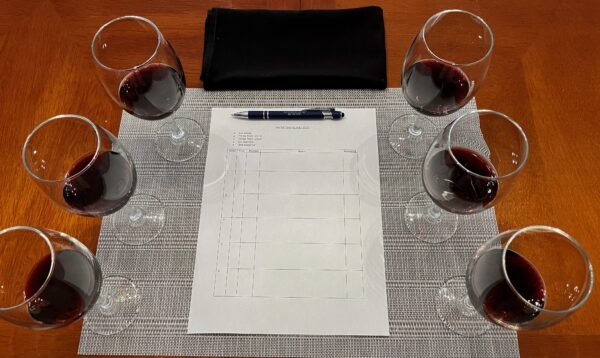
Some of my friends are devoted fans of California Cabernet Sauvignon, so I’m always eager to nudge them outside that comfort zone. Over time, I’ve managed to win a few over with some excellent Merlot. To showcase the range and potential of this often-underestimated grape, I decided to host a Merlot tasting at home, featuring a wide selection of regions and styles.
Ideally, I would have poured 20 different bottles from multiple vintages, but that would have been overwhelming and impractical for one session. So, I narrowed it down to six wines, with one ‘ringer’. My guests only knew the basic parameters: six wines, two vintages, six regions, and one surprise.
We tasted the wines blind, first in order from 1 to 6, then reversed from 6 back to 1, which actually resulted in a few changed opinions—a great reminder of how context can influence taste.
The Lineup:
1. 2019 Gray Monk – Lake Country, British Columbia
Comments: Dark cherries, blueberries, red currant, plum. Lighter in color, bright nose, youthful tannins, long finish.
Ranking: Sixth place (by a narrow margin). A pleasant wine, though lighter in body compared to the others.
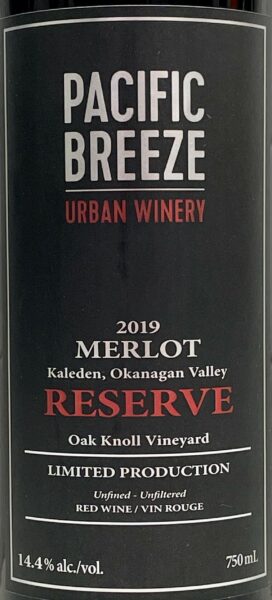
2. 2019 Pacific Breeze – Kaleden, British Columbia
Comments: Tart cherries, vanilla, herbal notes, noticeable oak. Big ripe nose with sweet spice, round on the palate.
Ranking: Fifth place overall, though one person had it ranked third.
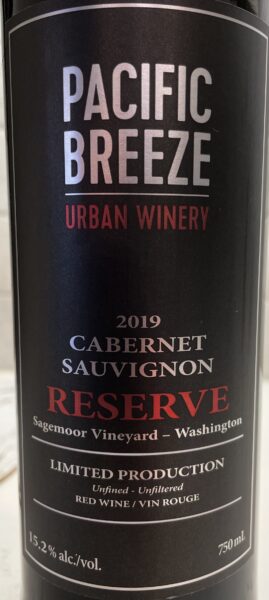
3. 2019 Pacific Breeze – Washington (Cabernet Sauvignon)
A surprise inclusion—a ringer meant to highlight how Merlot and Cabernet Sauvignon can sometimes be tricky to tell apart.
Comments: Cherries, raspberries, sugar plum, noticeable oak. Dark fruit, slightly hot finish (15.2% ABV), American oak.
Ranking: Third place.
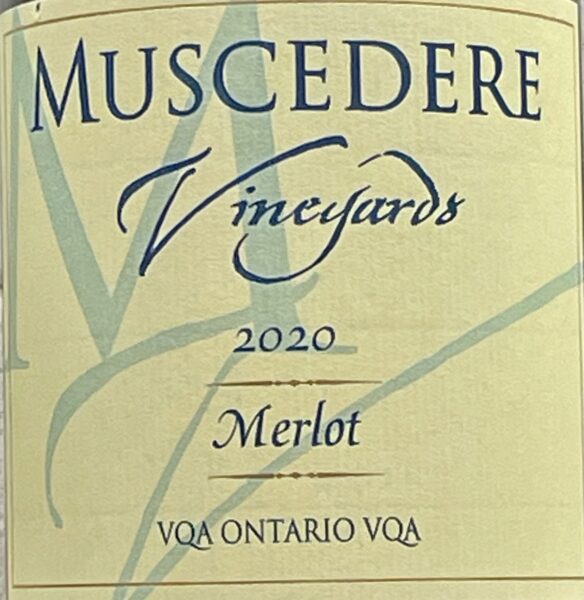
4. 2020 Muscedere – Lake Erie North Shore, Ontario
Notes: Cherry, raspberry, sage, leather, plum. Good structure and balance, layered nose, though a short finish and slightly earthy.
Ranking: Second place overall.
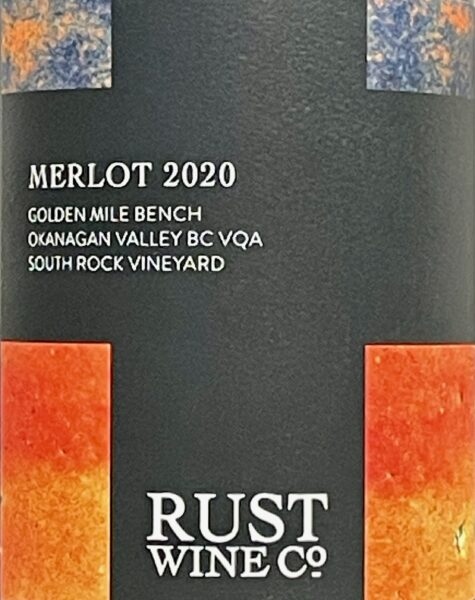
5. 2020 Rust – Golden Mile Bench, Oliver, British Columbia
Comments: Bright red fruit—cherries, raspberries, prunes. Excellent nose, hints of black fruit and leather, warm-region character, layered and balanced tannins.
Ranking: Unanimous favorite.

6. 2020 Paladin – Emilia-Romagna, Italy
Comments: Young and fruity—cherries and sugar plum, with cedar, a hint of oak, good structure and a long finish. Very drinkable now, but likely to improve with age.
Ranking: Fourth place overall (by a slight margin over the Pacific Breeze), though two guests had it as their second favourite.
Reflections:
In hindsight, I wish I’d included a couple of older wines—especially from warmer vintages—to better highlight the impact of age and climate on Merlot. For the British Columbia wines, the vintage conditions may have influenced their showing:
- 2019: Cooler temperatures, low rainfall, and low crop yields.
- 2020: More moderate weather with average rainfall, but still low yields.
Blind tastings like this are always enlightening. When labels and price tags are stripped away, it comes down to one simple question: Do you like the wine or not? There’s no better way to learn about your own palate—and to discover a few surprises along the way.
So, next time you’re staring down the wine aisle or scanning a tasting list, looking for a familiar Cabernet Sauvignon, consider giving Merlot a fresh look. It might just surprise you—and your friends.
(All photos – Sam Hauck)

